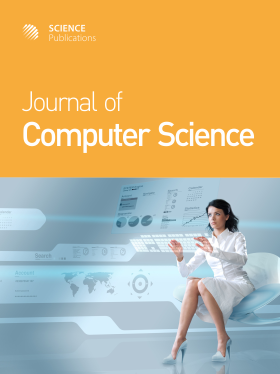Cohesion Analysis of Rubber Stand Ages Using Object-Based Image Analysis and Spatial Autocorrelation
- 1 Department of Geography, Faculty of Humanities and Social Sciences, Mahasarakham University, Mahasarakham, Thailand
- 2 Department of Geoinformatics, Research Unit of Geoinformatics for Spatial Management, Faculty of Informatics, Mahasarakham University, Mahasarakham, Thailand
- 3 Department of Animal Science, Faculty of Agricultural Technology, Sakon Nakhon Rajabhat University, Sakon Nakhon, Thailand
- 4 Department of Civil and Architectural Engineering and Mechanics, the University of Arizona, Arizona, United States
Abstract
Latex and rubber wood are crucial raw materials used in various industries and play a significant role in the economies of many countries, particularly in tropical regions. Mapping the areas where these materials are planted and classifying the age of rubber stands is important for managing growth assessment, yield assessment, and estimating the number of mature rubber trees that will be harvested. In this study, we conducted a visual interpretation of high-resolution satellite imagery from Google Earth in Mueang Loei District, Loei Province, Thailand. We discovered a total of 443.78 square kilometers of rubber plantations on the west side of the research area. The rubber stands were categorized into four age groups: Under seven years old, seven to fifteen years old, fifteen to twenty-five years old, and over twenty-five years old. To analyze the age classification accuracy, we employed Object-Based Image Analysis (OBIA) using the Hierarchical classification technique with Sentinel-2A images. We compared the results with the overall accuracy and Kappa coefficient of agreement between the ground-truth data and Google Earth satellite imagery. As the planting zones were not ordered within the research area, all four age groups were combined inside the rubber plantation area. The Kappa coefficient is 68.55 and the overall accuracy is 77.23%. This can be attributed to the fact that rubber farming is still in its early stages in the region. The area occupied by rubber plantations in the 15-25-year-old and 7-15-year-old age groups is 99.40 (22.40%) and 169.23 (38.13%) square kilometers, respectively. The area occupied by rubber plantations in less than 7 years is 96.85 (21.82%) square kilometers. The results are reliable as they validate the spatial relevance of each age group's rubber plantation size to the outcomes of the image analysis with clustered spatial correlation. The findings of this study demonstrate that OBIA can be used to categorize rubber age ranges, particularly for middle-aged (7-15 years old and 15-25 years old) and mature (>25 years old) rubber with similar canopy features. The information obtained from this study can be utilized to analyze the issue of declining rubber prices due to the surplus production from numerous rubber plantations, which may lead some farmers to convert their land to other cash crops.
DOI: https://doi.org/10.3844/jcssp.2024.1723.1733

- 2,707 Views
- 1,105 Downloads
- 0 Citations
Download
Keywords
- Rubber Plantation
- Object-Based Image Analysis (OBIA)
- Remote Sensing
- Loei Province of Thailand
